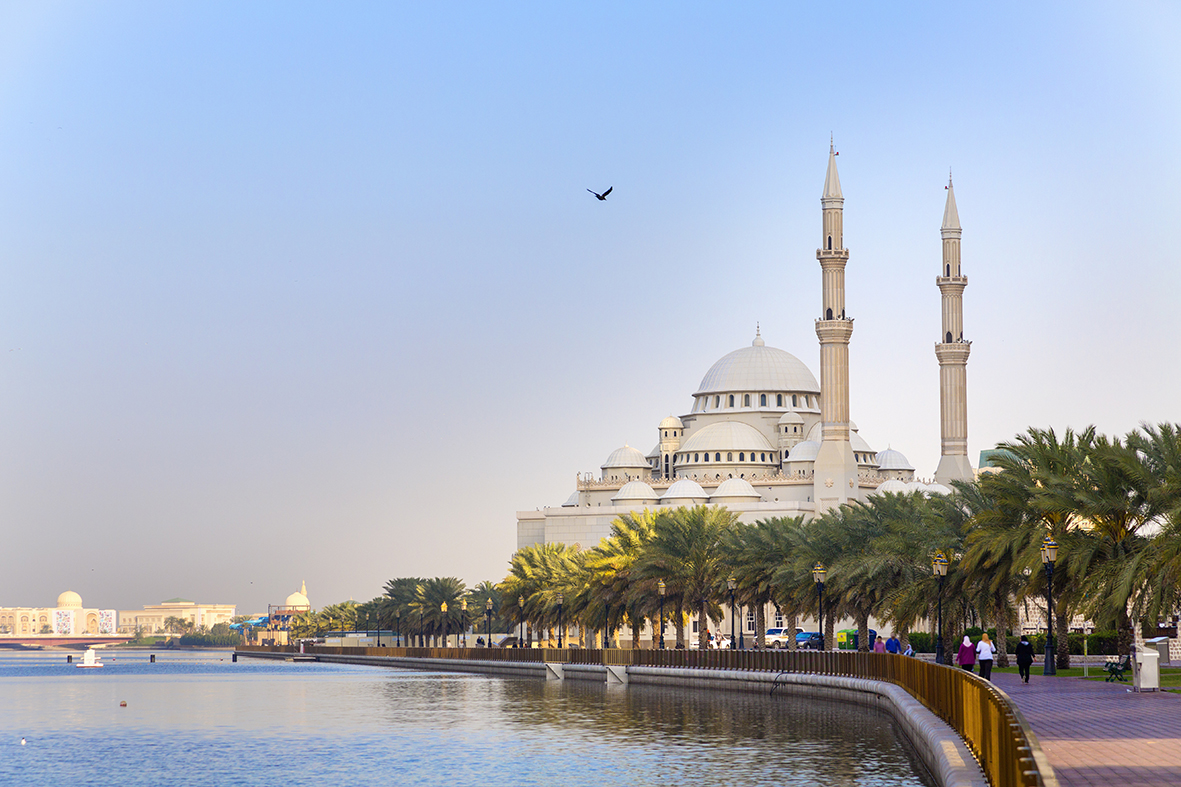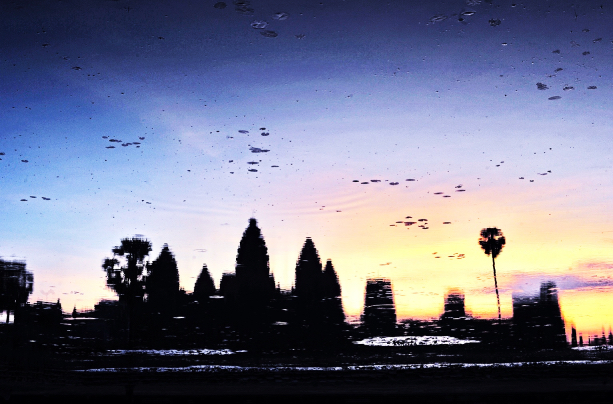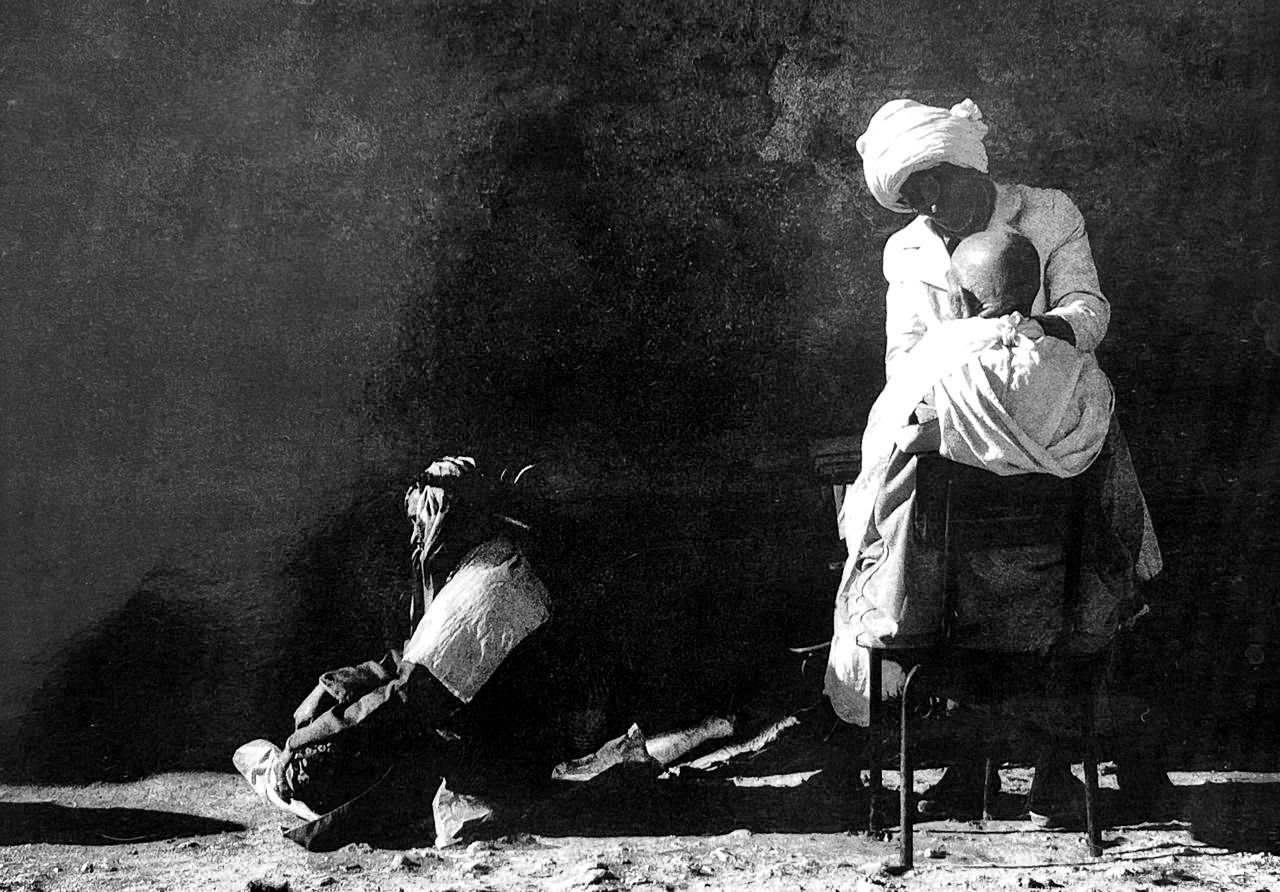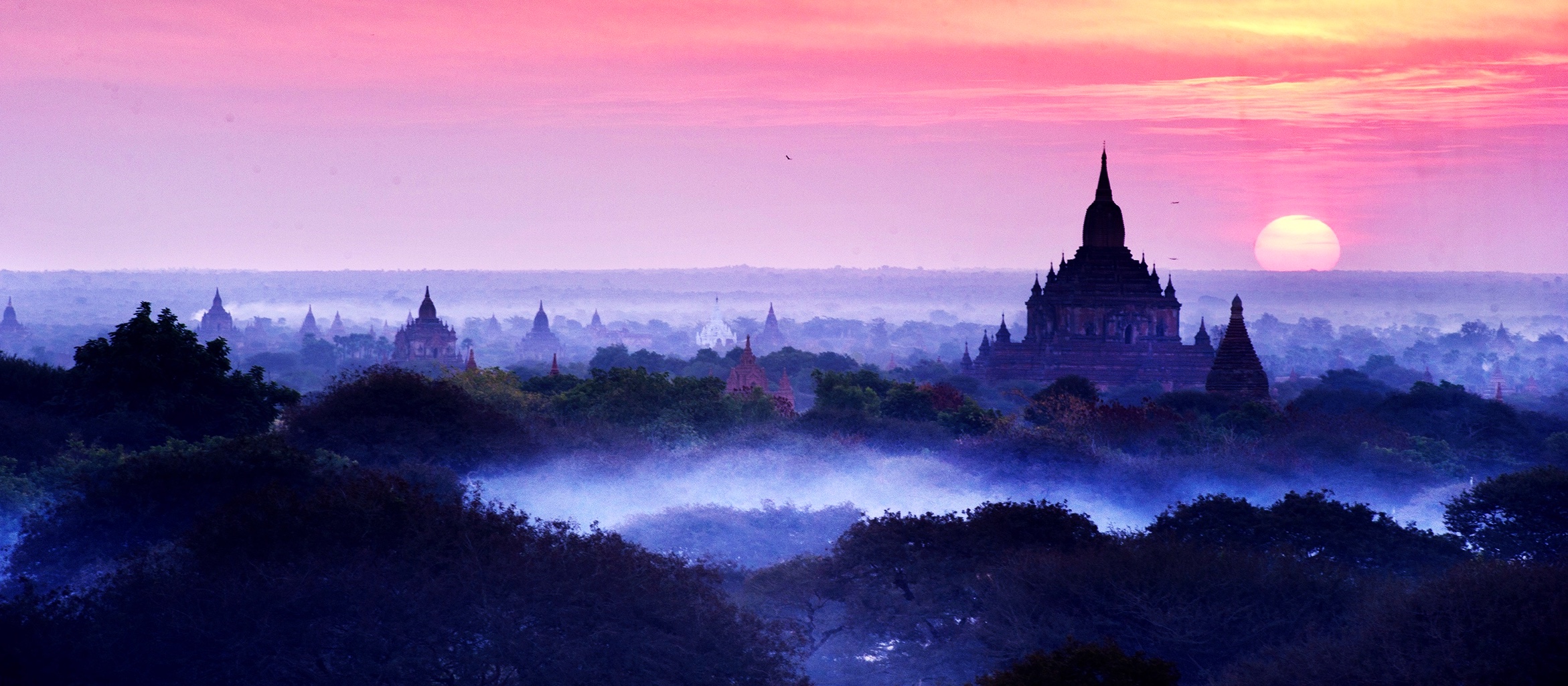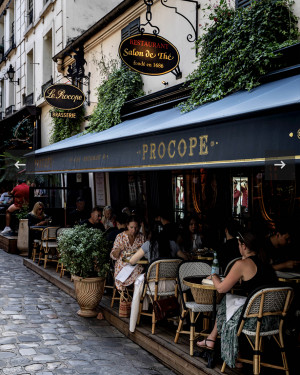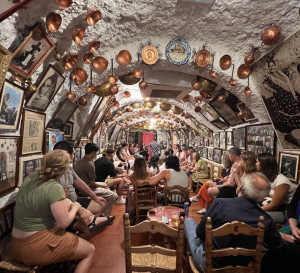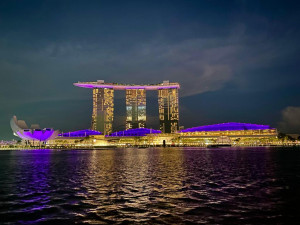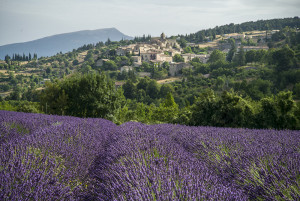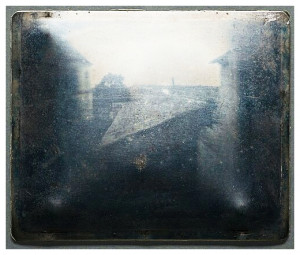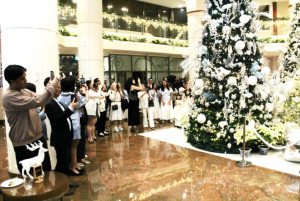“Every man’s ability may be strengthened or increased by culture.” -John Abbot
If you thought that the United Arab Emirates’s (UAE) sole obsession is to flaunt the tallest and biggest architectural marvels, it may be time to reevaluate that perspective. The glitz and glamour of Dubai are just one aspect of the UAE; there is so much more to its charm than what meets the eye. The former UNESCO-designated Capital of Arabic Culture, identified as Creative City for Crafts and Folk Art for traditional craft of Talli weaving, a treasure trove of immersive experiences, and a hub of eco-tourism initiatives, the Emirate of Sharjah—one of the seven emirates of the UAE—has a unique narrative to share.
Ask why you must visit Sharjah, and you will be treated to soulful stories of its deep-rooted cultural experiences, well-preserved ancient structures, melting pot of traditions, and vibrant artistic festivals, attributes that are less frequently cited about the UAE.
What is special about its location?
Only a stone's throw away from Dubai in the south and Ajman in the north, the third largest Emirate (after Dubai and Abu Dhabi) is the only one that borders with every other Emirate of the UAE (due to enclaves) and touches two coastlines—the Persian Gulf in the northwest and the Gulf of Oman in the east. With a strategic location on the Arabian Gulf, it gives access to jaw-dropping desert landscapes—dunes, rock mountains, valleys, mangroves, salt pans, and oases.
The six surprising sides of Sharjah.
1.Heart and heritage of Sharjah
To keep up with its reputation as one of the wealthiest Arab towns in the past and a history of more than 5000 years, the scent, sights, and cultural soul of Sharjah are held in the highest regard. The Sharjah Heritage Area, also known as the Heart of Sharjah, is one of the most ambitious cultural heritage projects that has not only revived the oldest parts of the city but has also safeguarded UAE’s tangible and intangible assets. In the city's heart, the houses and buildings have been transformed into art facilities, souqs (market), and museums to enable genuine engagement with traditional art, crafts, festivals, and overall Arab culture.
The other two important cultural areas are the Al Majaz Waterfront and the Al Qasba, which are known for their grand vistas and recreational options. While Noor Mosque leaves one spellbound with its magnificent architecture, the Old Souq reflects the spirit of Emirati heritage with its display of textiles, gold, spices, and perfumes. Also, the proposed UNESCO World Heritage Site at Mleiha is home to an extraordinary array of fossils dating back nearly 90 million years, offering insight into the natural history of the Arabian Peninsula and making it one of the most significant heritage projects of Sharjah.
2. Traditional museums and modern art rooms
The Emirate of Sharjah boasts of some of the most extraordinary museums covering archaeology, art, calligraphy, heritage, and more. In the old Sharjah, one must not miss landmarks such as the modernist King Faisal Mosque, the Museum of Islamic Civilization, and the Sharjah Art Museum. The latter is one of the biggest platforms for artists and art connoisseurs from around the world. In the same league, the Sharjah Archaeological Museum is a permanent archive of all archaeological material and takes you back in time more than 125,000 years. While the Emirate lays great emphasis on preserving its cultural heritage and traditional values as an Islamic city, it never shies away from looking towards the future. The unique Rain Room, where one experiences rain without getting drenched, the Kalba Ice Factory, Butterfly aviary, Sharjah Aquarium, and the Sharjah Science Museum are some of the most interactive and state-of-the-art attractions, making it a progressive tourist destination.
3. The desert and wildlife safari experiences
The Al Badayer area, affectionately referred to as the Big Red and known for its endless dunes, is the most popular desert in Sharjah. The camel rock, sunset selfies, and safari adventures are not to be missed. A proper desert experience includes dune bashing, sand boarding, camel riding, stargazing, and cultural activities before dinner at a Bedouin-style desert camp. Those who have a special interest in archaeology, prehistoric graves, fossils, and rock formations must visit the Mleiha Archaeological Centre. Located in the AI Bridi Nature Reserve, only 40 kilometers away from Sharjah City, there lies another safari adventure for wildlife lovers. The Sharjah Safari is different from the usual desert experience. Home to over 120 species, it claims to be the largest wildlife experience outside of the continent of Africa.
4. Gorgeous beaches and islands
When you have the Arabian Gulf and the Gulf of Oman as coastlines, there can be no dearth of alluring beaches with serene views, glistening sand, and clear waters. Al Khan Beach (blue flag certified), Al Luluyah Beach (gem of Khor Fakkan), Al Hamriyah Beach (suited for people with disabilities), Al Heera Beach (the city’s longest beach), Khor Fakkan Beach, Sharjah Corniche Beach, and Kalba offer a perfect combination of leisure and adventure. And when you are in Sharjah, you cannot miss the visit to Khorfakkan, a scenic beach town that overlooks the Gulf of Oman. It is so beautiful that it is often referred as the bride of the Eastern Coast of Sharjah.
Al Noor Island, located in the Khaled Lagoon, thrives as a unique blend of nature, art, and entertainment. This man-made picturesque oasis has won many awards for its lush greenery, phenomenal lighting, butterfly park, vibrant art installations, and lakeside views.
5. Eco-tourism initiatives and international festivals
Eco-green initiatives and sustainability goals are the cornerstone of Sharjah’s commitment to growth. Buhais Geology Park is an amazing model-based tribute to Sharjah’s geological history. One gets to learn about the history and formation of the region through rocks and fossils. Several ecotourism projects in and around Kalba Conservation Reserve give an insight into remarkable landscapes, mangrove formations, diverse ecosystems, and more. Mleiha Archaeological Site is where conservation, excitement, and education go hand in hand. Sharjah Lights Festival, Sharjah International Book Fair, Sharjah Calligraphy Biennial, Sharjah Heritage Days festival, and Annual Islamic Arts Festival are just some of the prestigious events with a global appeal that give an insider’s glimpse of its rich cultural vision.
6. Delish food and Emirati desserts
Alcohol is banned in Sharjah, but it makes up for that with its delish food and mouth-watering desserts. Almost every meal here is served with salads, Labneh (yogurt dip), Hummus (chickpea dip), and Baba Ghanoush (roasted aubergine dip), making it a paradise for Mediterranean food lovers. Emirati cuisine reflects the Bedouin lifestyle. Meat dishes, bread, and rice are staple foods. Some of the delectable treats of the region are Shawarma (wrap with shaved meat), Al Harees (wheat porridge), Falafel (deep-fried ball), Al Machboos (spiced rice), and Tabbouleh (salad). Emirati desserts like Baklava (layered pastry), Knafah (Kunafah), Batheeth (date dessert), Omani Halwa (sweet jelly), Basbousa (semolina cake), Mahalabia (pudding), etc., add sweetness to every occasion. For an unique experience, one must savour a traditional Emirati breakfast at one of the old eateries.
How does one reach Sharjah?
Sharjah has an international airport, but if you are coming from Dubai, it takes less than an hour to reach Sharjah via road. The connectivity between the seven Emirates of UAE is smooth and efficient. (*)
